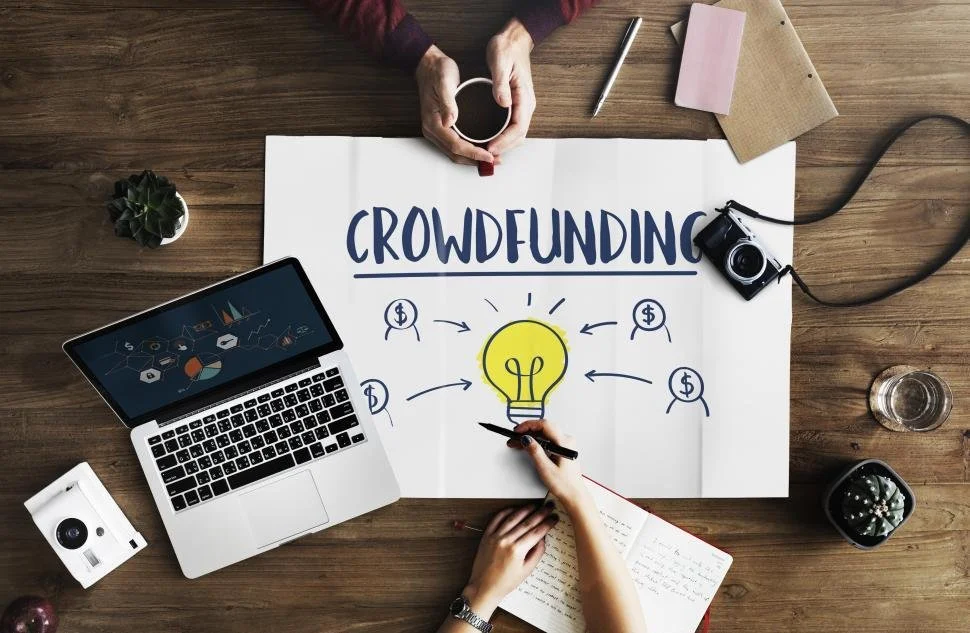11 Passive Income Ideas for Artists
‘If you click on my affiliates/advertisers links, I am going to receive a tiny commission. AND… Most of the time, you will receive an offer. Win/Win! The products that I advertise are the ones I believe in.’
The internet has created an unprecedented opportunity for artists to move beyond the starving artists vibe. You have access to billions of people. But beware, at the same time, those same billions may try to steal your art - including our friend, AI.
Print on Demand
Print on Demand (POD) is one of the easiest and most accessible passive income opportunities for artists. Put your artwork on products like t-shirts, mugs, phone cases, and posters. No need to worry about inventory management, shipping products, or customer service – your POD partner handles everything.
Try Printify – a platform that connects you with a global network of Print Providers, giving you tools to sell your designs on hundreds of high-quality products. Once someone orders, Printify takes care of production and shipping. All you need to get started are a few strong designs. From there, scale at your own pace without getting tangled in logistics.
POD is also one of the fastest-growing ways that other artists and small brands are making money. From custom apparel and stationery to homeware and eco-friendly goods, turn your art into sellable products without upfront costs.
It’s a great option for business owners and creators who want to build brand visibility – by adding logos, greeting cards, taglines, or artwork to merch that sells. Whether you’re just starting out or adding a new revenue stream, Printify makes it easy to launch quickly and earn as you grow in the creative market.
Affiliate Marketing
Affiliate marketing is a great option for artists with a loyal audience. Whether through a blog post, email list, or social media, you can earn a commission on each referral by recommending products or services you believe in. You used to need a website to succeed, but now many people use social media and combine it with ads.
Let’s say you use a certain design software, art supply brand, or POD platform like Printify. If your audience values your opinion, they’re likely to try what you suggest. When they purchase through your affiliate link, you earn a percentage, without any added cost to them. Try to look for affiliates that align with your audience. That’s why understanding your audience is critical.
This is an ideal income source if you already share advice, video tutorials, or product reviews. Additionally, add links to your website or YouTube descriptions to start earning in the background.
Online Tutorials
If you know how to draw, paint, design, or use certain tools, creating an online tutorial is a smart way to turn your skills into income that keeps making money after you log off. Record once, earn over and over. Multiple platforms like Skillshare, Udemy, and YouTube are packed with creators earning a living by teaching what they love.
You don’t need fancy gear to earn money from your art online. A smartphone, clear audio, and a basic outline of your process are enough to get going. Keep it short, simple, and engaging.
Think: “How I draw characters in Procreate” or “My process for turning watercolors into digital art prints.” Once your tutorial is live, earn through views, course sales, affiliate links, or even channel memberships. Teach what you know, and get paid while you sleep.
Offline Art Classes
Offline pays off too, especially for emerging artists. But this is harder to make passive. Teaching workshops at community centers or schools is a great way to earn while building your reputation. You only need to prepare your class once, then repeat it across different locations or sessions.
Some artists run weekend classes, host painting parties, or partner with local stores and studios. Once the setup is done, it can become a steady income stream with little extra effort.
Bonus? It helps you grow your audience. Students become fans, and fans become customers. If you’re comfortable speaking in front of others and like building real connections, this is a solid route for you to explore. The way you make this passive is by funneling customers into your other marketing channels like affiliate links, email lists, and online classes.
Digital Art
Create it once, sell it forever. Digital downloads are quick to make, easy to sell, and never run out of stock. Think clip art, wall art prints, coloring pages, digital planners, or Procreate brushes. For ahwile NFTs were a big hit, but it seems like only a small group of folks actually made money here.
Upload your designs to platforms like Etsy or Gumroad, and earn every time someone buys. No packaging. No shipping. Just pure passive income for artists.
The best part? If you can design, you can sell.
Use tools like Canva, Photoshop, or Illustrator to create polished, professional digital files. Set up your shop, write clear product descriptions, and start small. One download can turn into hundreds of sales.
Sell Your Art
Yes, selling your original art can be passive – if you set it up right. Instead of relying on one-off sales, scale your art career into a solid revenue stream. Turn your work into prints, posters, or canvas pieces and list them on online marketplaces like Etsy, Society6, and Redbubble.
Platforms like Society6 and Redbubble handle the printing and shipping for you – all you do is upload your designs. With Etsy, you’ll need to partner with a print-on-demand platform like Printify to automate fulfillment. Once connected, these services print your products and ship them directly to customers whenever an order comes in.
If you choose to sell art prints, pricing your work fairly and writing SEO-friendly listings can help you show up in search and increase your chances of consistent sales.
Art Licensing
Why sell one copy of your art when you can license it and get paid repeatedly? Art licensing agreements give companies the right to use your artwork on their products – greeting cards, home decor, apparel, or even packaging.
You still own the rights, but you get paid a royalty every time it’s used. This means your initial effort in making art will continue bringing in revenue, allowing you to compound earnings over time. This is trult passive if you can find a system that works.
This works especially well if your art style fits commercial needs or trends. Bright patterns, seasonal designs, and illustrations with broad appeal attract licensing opportunities. Pitch your portfolio to brands directly or submit your work to licensing agencies like ArtLicensing. If accepted, they find clients while you earn in the background.
Content Creation
If you already share your art on Instagram, TikTok, or YouTube, turn your content into passive income streams through ad revenue, sponsored posts, paid subscriptions, or affiliate links. Show the design process of your art, from sharing your workspace, tools, or behind-the-scenes moments – audiences love seeing how art is made.
Start with one platform and post consistently. Monetize once you build a following. You don’t need to go viral overnight; slow and steady growth adds up. And remember, your content can also drive traffic to your shop, digital downloads, or POD products. Every view is a chance to earn passive income for artists without posting sponsored content to stay profitable.
Offer a Subscription
If your fans love your work, they’ll pay to get more of it regularly. Setting up a subscription lets you deliver exclusive content, art, or extras each month in exchange for recurring income. Platforms like Patreon, Ko-fi, and Buy Me a Coffee make it easy to manage subscriptions and grow your support base. Even Instagram is now allowing subscriptions.
Provide perks like early access to new art, behind-the-scenes posts, offer digital downloads, or even physical mail-outs like stickers, mini prints, or curated art supplies. Keep it simple, sustainable, and something you can commit to long term. The real value of this method is predictable income. Knowing you’ll earn a certain amount each month gives you space to focus on your creative journey, not just chasing sales.
Crowdfunding and Donations
Yeah this is the new version of sitting on the street playing guitar with a hat on the street in front of you. Crowdfunding platforms like Kickstarter or Indiegogo can be great passive income ideas to help fund your ambitions, whether it’s physical books, a mural, or your first full product line. Simply share your project, set a funding goal, and let your audience back it. In return, they get rewards and the joy of supporting something meaningful.
For ongoing support, donation platforms like PayPal.me or Ko-fi let fans tip you for your work. No products, no shipping – just appreciation turned into income.
Lease Your Art
Yes, you can rent your art – and it can be surprisingly profitable. Leasing art is a passive way to earn income from existing art pieces. Offices, hotels, staging companies, and events often rent artwork to decorate their spaces without committing to buying. You provide the work, they pay to display it.
This works best if you have a collection of framed, high-resolution pieces or digital versions that can be printed locally. Start by contacting interior designers or joining platforms connecting artists with businesses looking for short-term art rentals. It might not be the right fit for every artist, but if your style suits commercial spaces, leasing can turn one piece into a long-term income stream.









